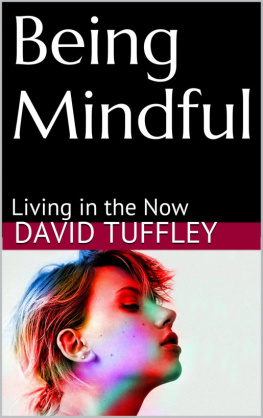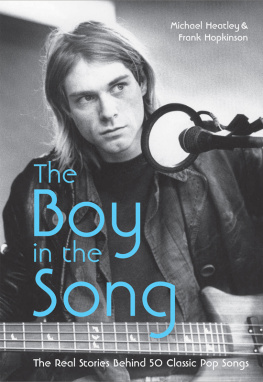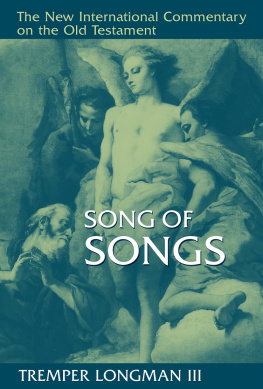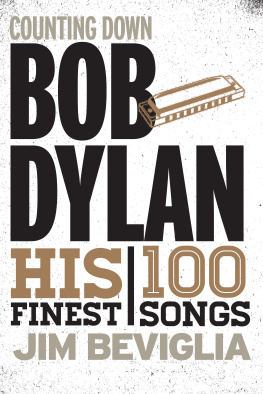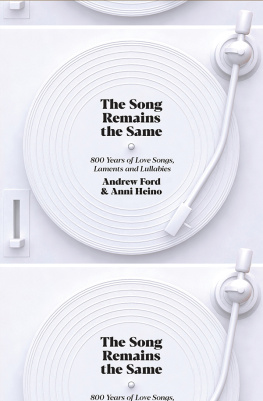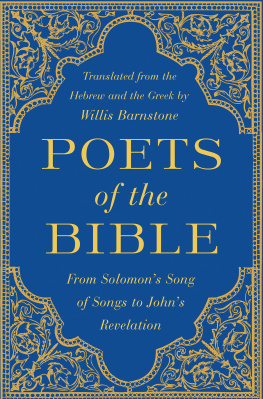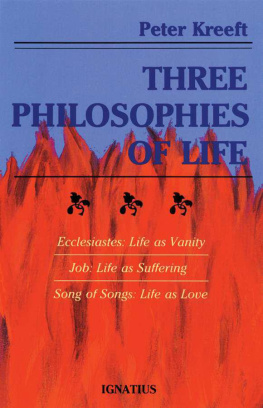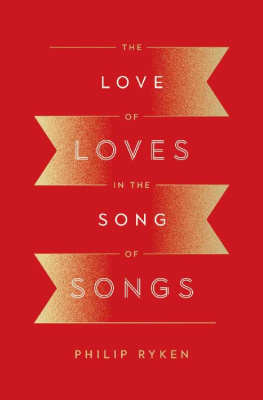Desolation Row:
Bob Dylans epic poem revisited
DavidTuffley
Published byAltiora Publications at Smashwords
www.altiorapublications.com
Copyright2012 David Tuffley
Desolation Rowlyrics Copyright 1965 by Warner Bros. & 1993 SpecialRider
SmashwordsEdition, License Notes
This eBook islicensed for your personal enjoyment only. This eBook may not bere-sold or given away to other people. If you would like to sharethis book with another person, please purchase an additional copyfor each recipient. If youre reading this book and did notpurchase it, or it was not purchased for your use only, then pleasereturn to Smashwords.com and purchase your own copy. Thank you forrespecting the work of this author.
About theAuthor
David TuffleyPhD is a Lecturer and researcher at Griffith University inAustralia. David has a broad range of interests; Popular Culture,Anthropology, Psychology, Philosophy, Ancient and Modern History,Linguistics, Rhetoric, Comparative Religions, ArchitecturalHistory, Environments and Ecosystems.
David Tuffleys Profile & othereBooks: http://www.smashwords.com/profile/view/tuffley
Facebook: http://www.facebook.com/tuffley/
Contents
Desolation Row (releasedin August 1965 on the album Highway 61 Revisited) is notyour average pop song. More like an epic poem set to music. Itsepic-ness comes not from its relatively short length as epic poemsgo, but from the depth and breadth of its themes. It is very rareto find a song with such density of meaning. Most songs on theradio do not stray much past the theme of romantic love. As DouglasAdams observed in Hitchhikers Guide to the Galaxy most (pop)songs are on the whole very simple and mostly follow the familiartheme of boy-being meets girl-being under a silverymoon.
Dylan is notonly a deep thinker, but also a broad thinker who is able toarticulate and condense his ideas into elegant verse. He has beendescribed as one of the most significant poets of the TwentiethCentury. Sir Andrew Motion, the British Poet Laureate in 1999 citedanother of Dylans songs, Visions of Johanna, as a contenderfor the greatest song lyric ever written.
Dylan isremarkably well-read, having delved into the classic texts of manydifferent cultures. In Desolation Row he takes these themesand weaves a rich fabric that expresses the reality of 1960sAmerica. By tapping into these archetypes, the poem gets its powerto reach people at a deep level.
When asked bya radio interviewer why he insisted on being so irritating, Dylanreplied sowhere do you get the idea that I want peopleto like my music. It is more important to challenge peoplescomplacency and get them to think about their values.
Robert AllenZimmerman grew up in a small and tightly-knit Jewish community inDuluth and then nearby Hibbing, Minnesota. He legally changed hisname to Dylan in 1962, though he had already been using that namefor several years. The work of Welsh poet Dylan Thomas (1914-1953)had been an early influence.
Dylansfathers parents were from Odessa, in what is now the Ukraine. Hismothers parents were from Lithuania. Both sets of parents lefttheir homelands due to the systematic persecution of Jewish peopleknown as the Russian pograms of the 19th and early20th Century. Pograms were state-sponsored and no lessbarbaric than the Nazi persecution of Jews in themid-20th Century. Those who did not flee would beimprisoned and often murdered.
The JewishDiaspora went far and wide in the world, even to freezing,wind-swept plains of Minnesota not far below the Canadian border.Dylans cultural heritage helps to explain the dynamic of his work.In the Martin Scorsese documentary No Direction Home, Dylancomments that the world he grew up in felt far removed from hisreal home. If he were to set off for the home of his ancestors, hewould not know what direction to take. Feeling like a stranger inthe land of his birth, and the outsiders objectivity that camefrom this, probably accounts for much of Dylans commentary onAmerican society, including Desolation Row.
Dylan came tobe seen as a leader of the civil rights movement in America. Hechallenged the conventional values of his day. It earned him thereputation among conservatives of being a dangerous subversive whowas trying to corrupt the youth of America with his deviateideas.
At any giventime, there will a bad boys and girls on the pop music scene thatare designated dangerous by mainstream (read older) society. Theysaid the same of the Rolling Stones. the Beatles, Elton John andElvis Presley who today have either been knighted by the Queen(co-opted into the establishment), or reified as quasi-deities (ifthey are dead like Elvis, Jimi Hendrix, Jim Morrison and KurtCobain). Its ironic that the parents of today are saying to theirchildren the same unthinking words that their parents said to themabout Dylan and others in the 1960s and 70s. That (insert name ofdemonised artist here) is going to poison the minds of ourchildren. We have to silence him.
My observation isthat this aspect of pop music that the older generation notapprove of it is a key agent of social evolution. Duringadolescence, children becoming adults actively seek to distinguishthemselves from their parents. They rebel. But notice how, despitethe rebellion, in time (late 20s, early 30s) people seem to end upcoming back to a place not very far from where their parentsstarted them. They gradually morph into their parents but theyare not exactly like their parents, there are some importantdifferences that have derived from their peers.
So societychanges in small increments from generation to generation. Popmusic performs a valuable service, it gives adolescents the meansby which they can distinguish themselves as being different fromtheir parents. It just has to be not liked by their parents,and it is doing its job. But beyond just being not liked, someartists, like Dylan, have something meaningful to say about thestate of the world, and how the older generation have managed tomake a mess of it. It is saying here is how we can make the worlda better place.
In DesolationRow, Dylan is warning people that society is heading fordestruction, an apocalypse, if it continues in the same vein. Withthe US in the 1960s locked in a deadly embrace with the Soviets,teetering on a knife-edge of mutually assured nuclear destruction,it is understandable that people were worried. But governments ofthe time characterised anyone who spoke out against the Cold War asunpatriotic, even traitorous. When we read the history of the CubanMissile Crisis in 1962, it is horrifying to realise just how closethe world came to letting the generals on both sides unleash anuclear holocaust that would have killed hundreds of millionsimmediately, billions more in the years that followed, and made ourplanet uninhabitable for centuries.
That it didnthappen was in part due to the American President at the time JohnF. Kennedy having read history and being aware that the reason theFirst World War was so appallingly wasteful of human life was thatthe technology for waging war had advanced (machine guns etc) whilethe mind set of the generals had stayed in the past when a bayonetcharge against an entrenched enemy might have worked. Kennedy saw aparallel with the development of nuclear weapons of massdestruction, but the generals were still in a pre-nuclear mindset.It was a defining moment in history, and an illustration of theproverb those who do not learn from history are doomed to repeatit
InDesolation Row, Dylan uses a rich set of cultural andreligious stereotypes as metaphors to describe this lunacy of mainstream 1960s American society. Dylan probably wants us to take itas a whole and not deconstruct it too much. There is a harmonybetween the layers of his work, a consistency of theme in which heseems to be saying, this is the distilled truth as I see it, andthese are the symbols that I have assembled to tell it as I seeit.
Next page


